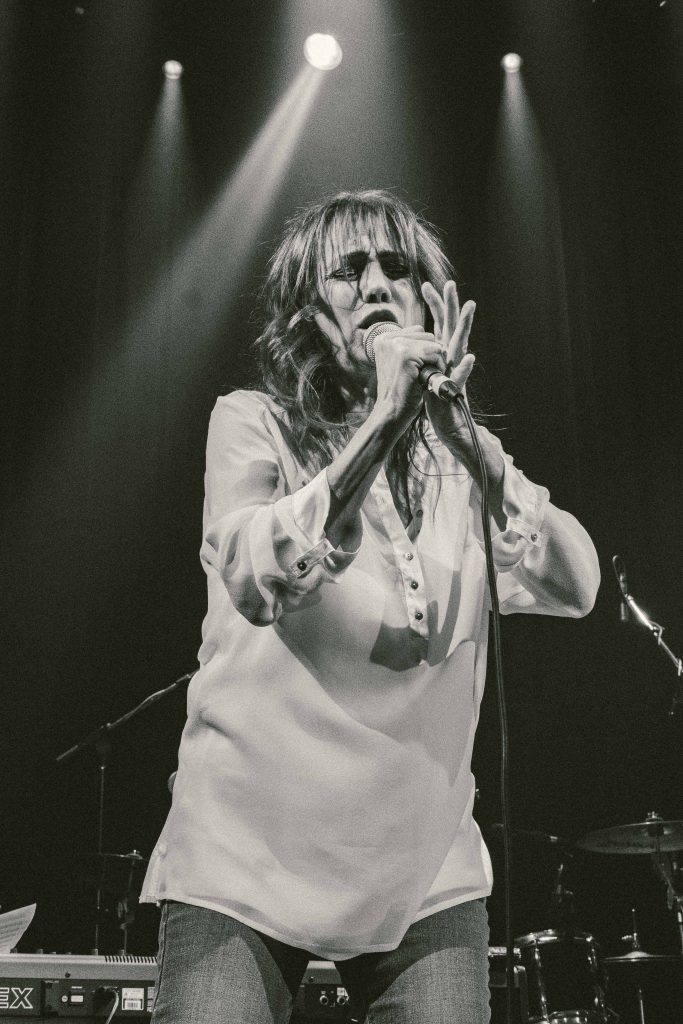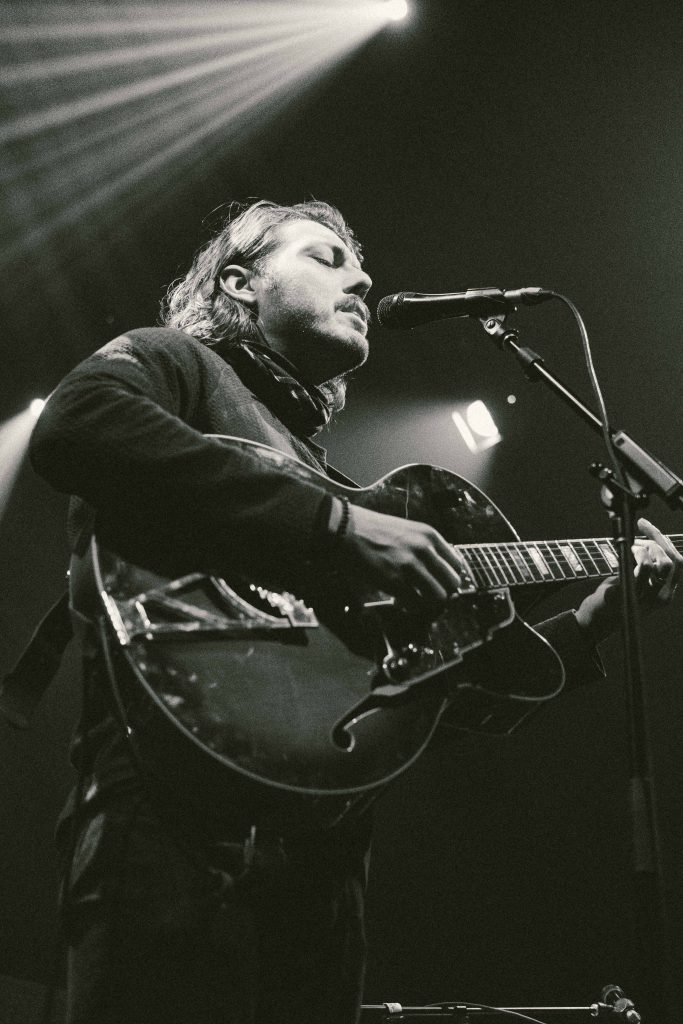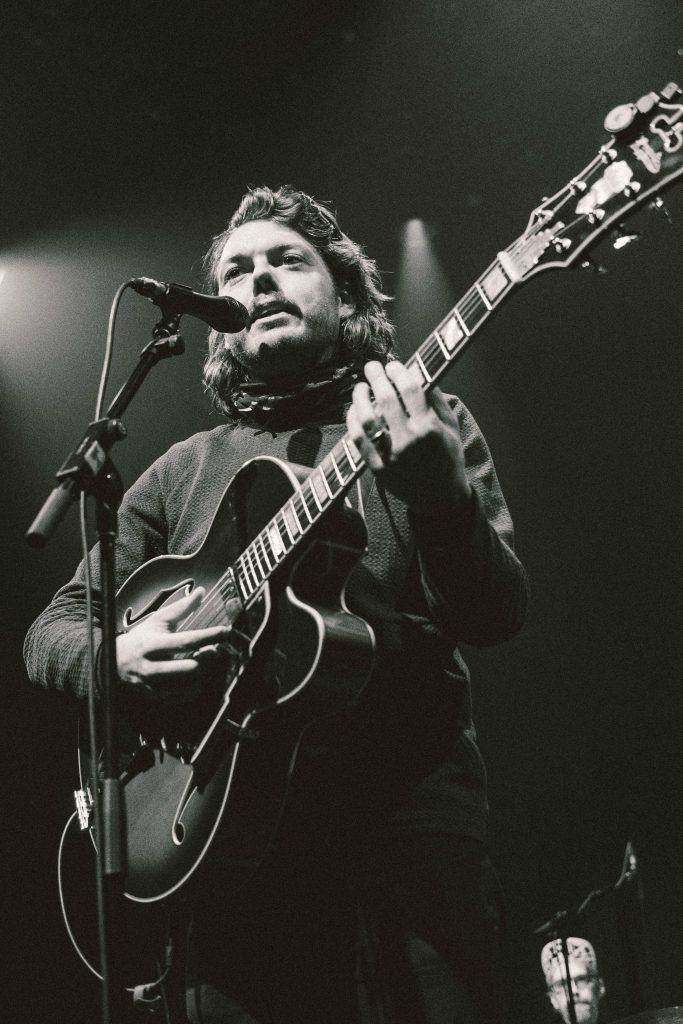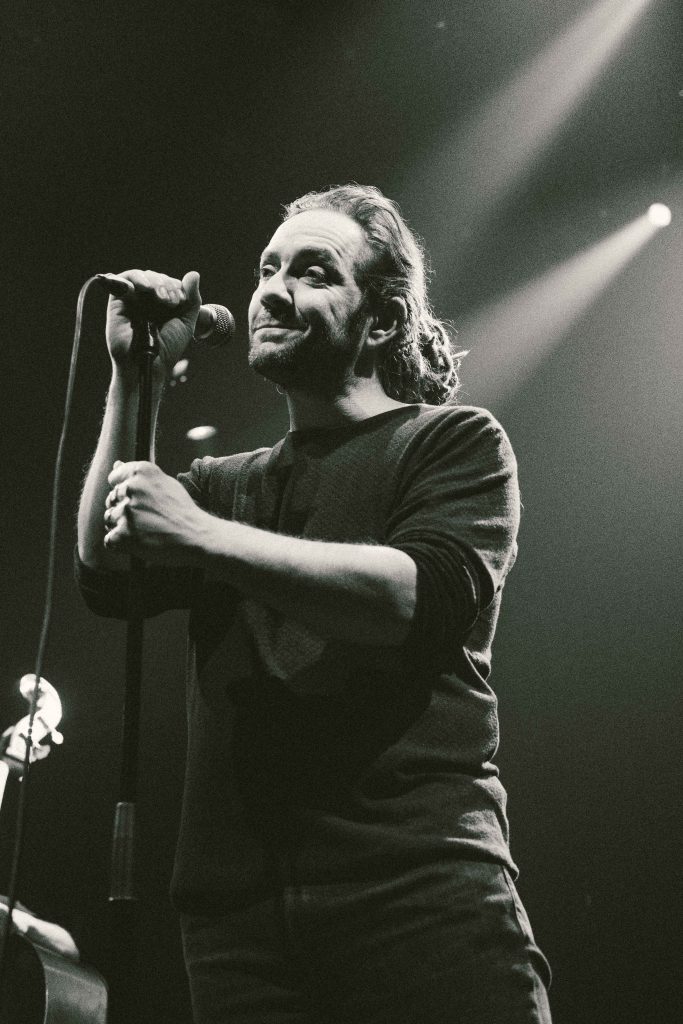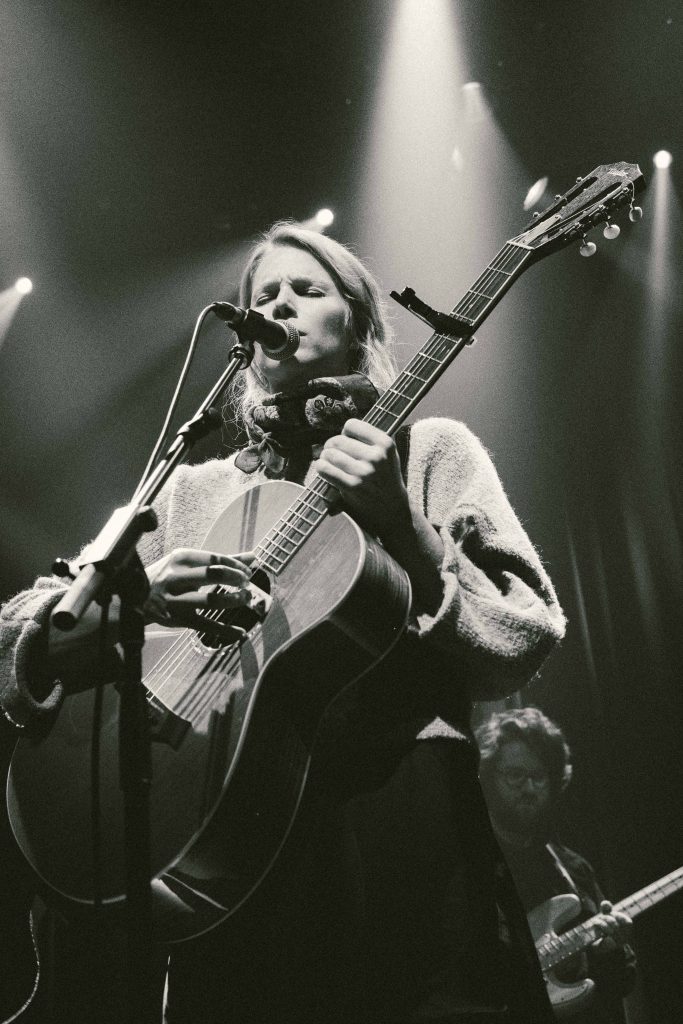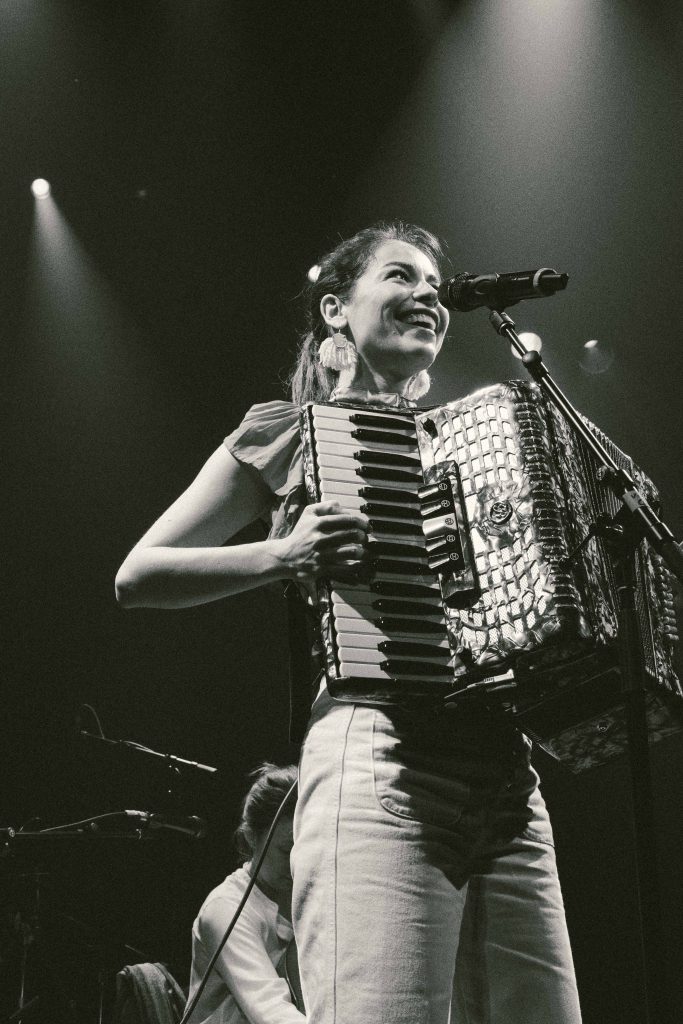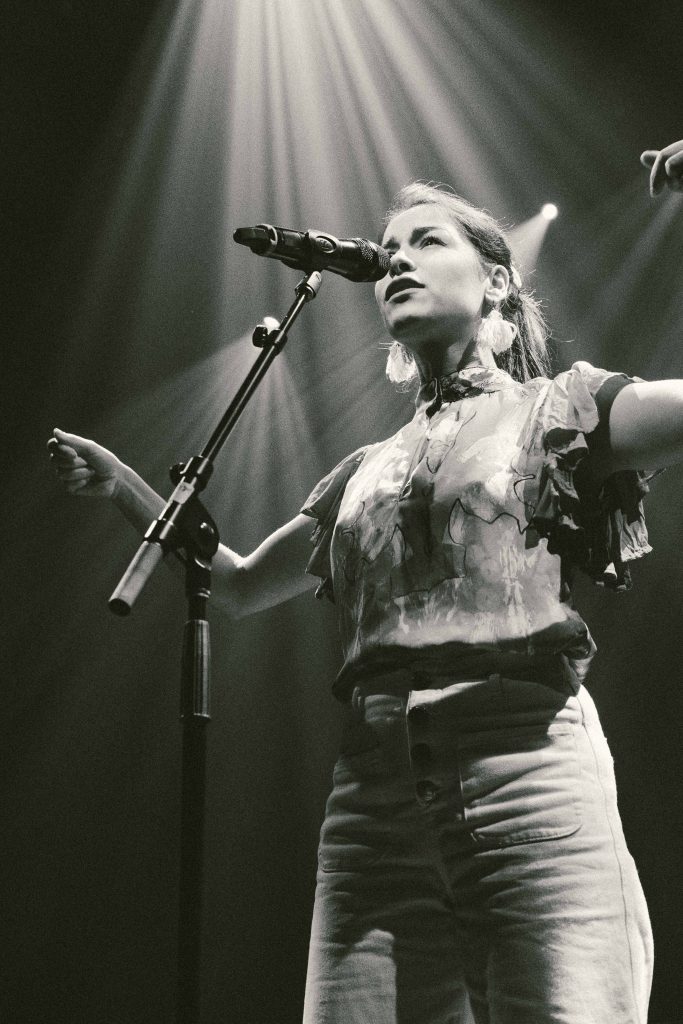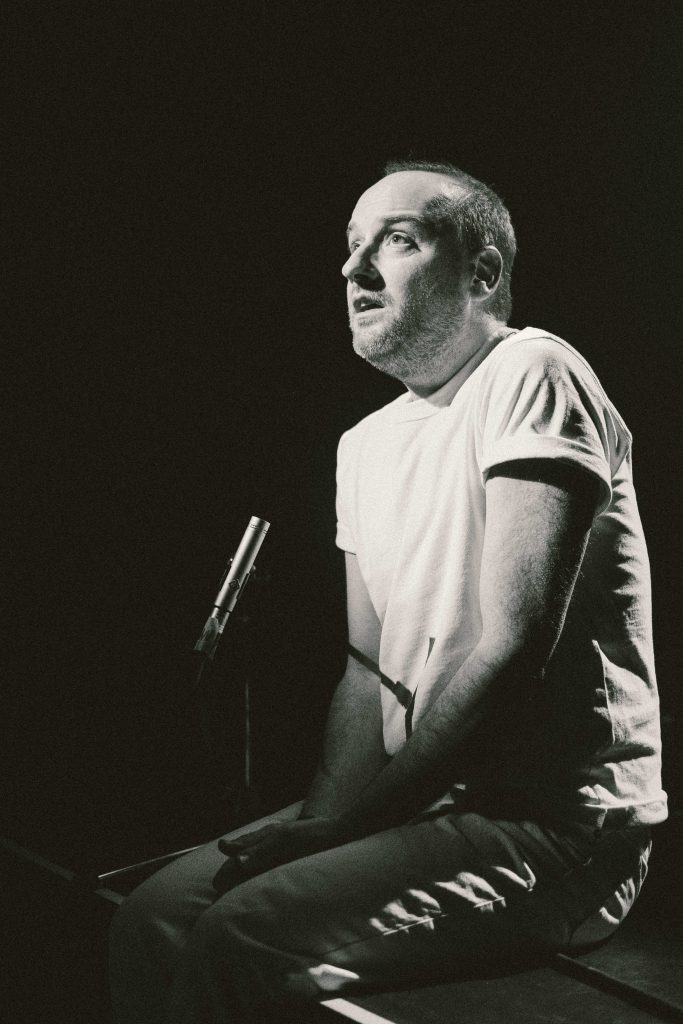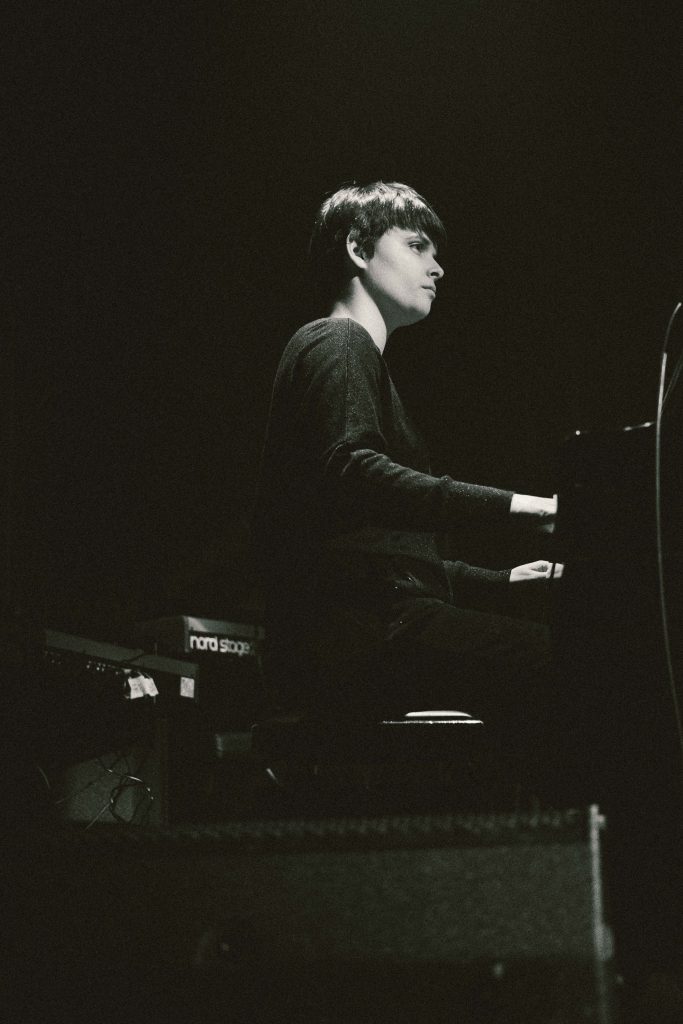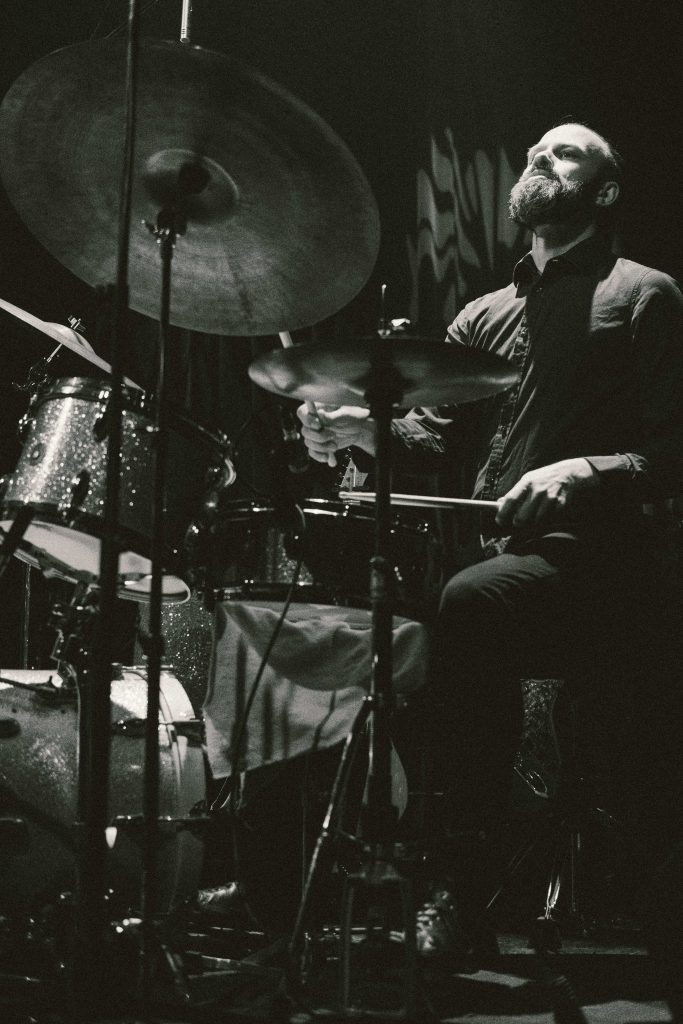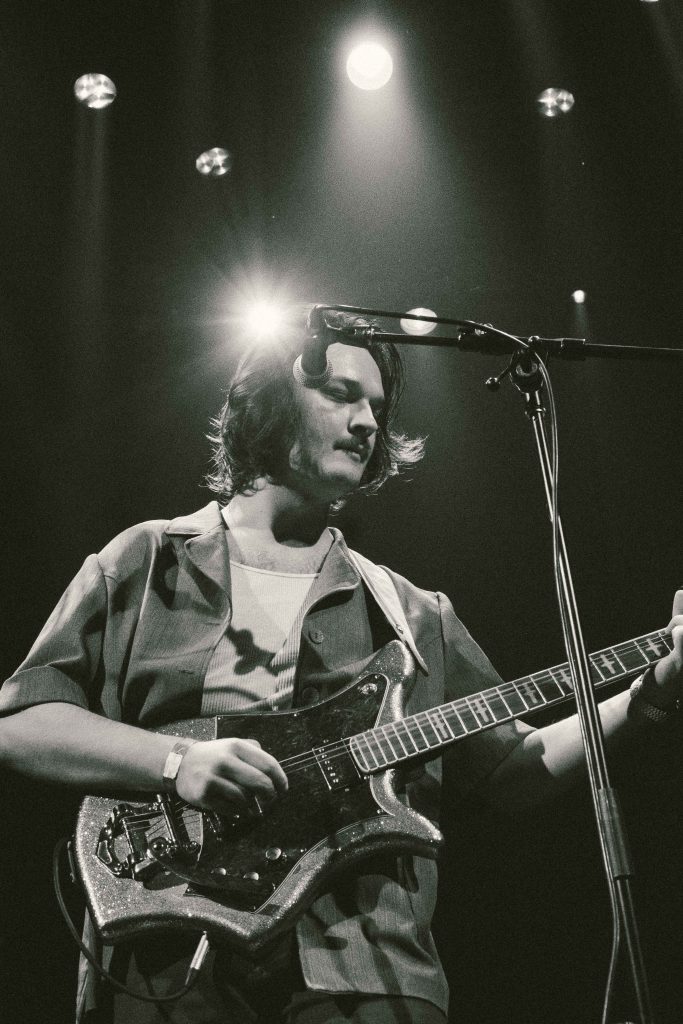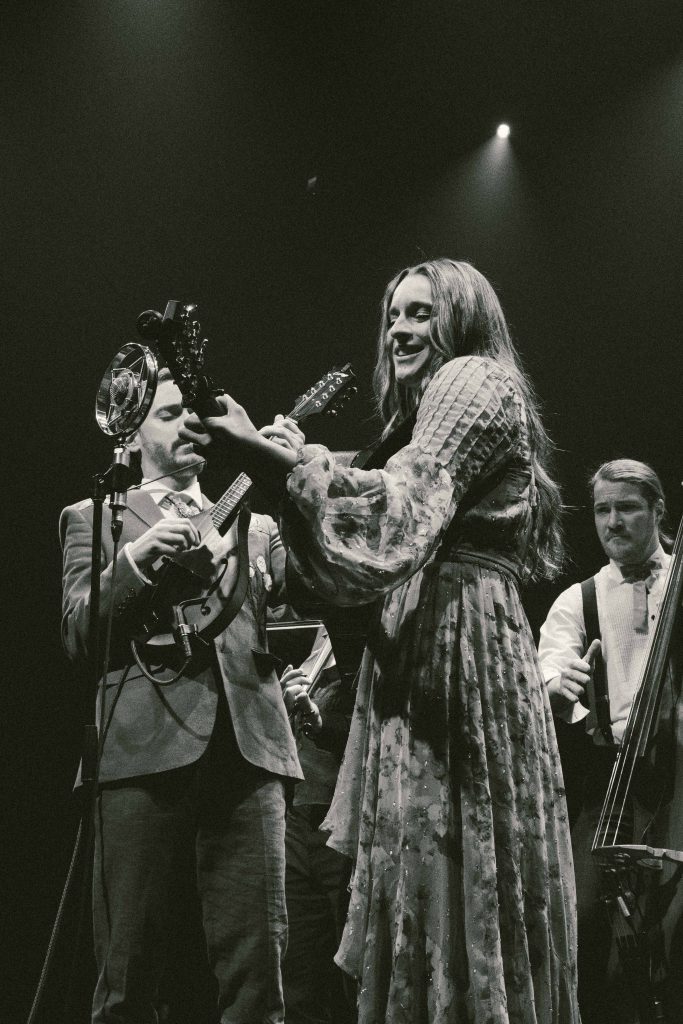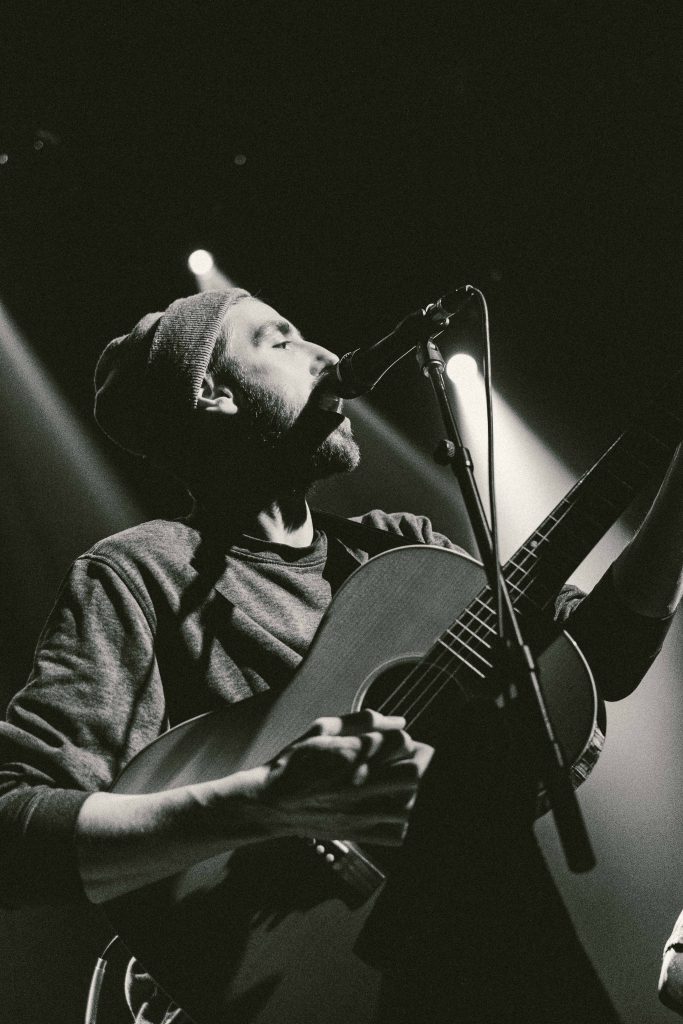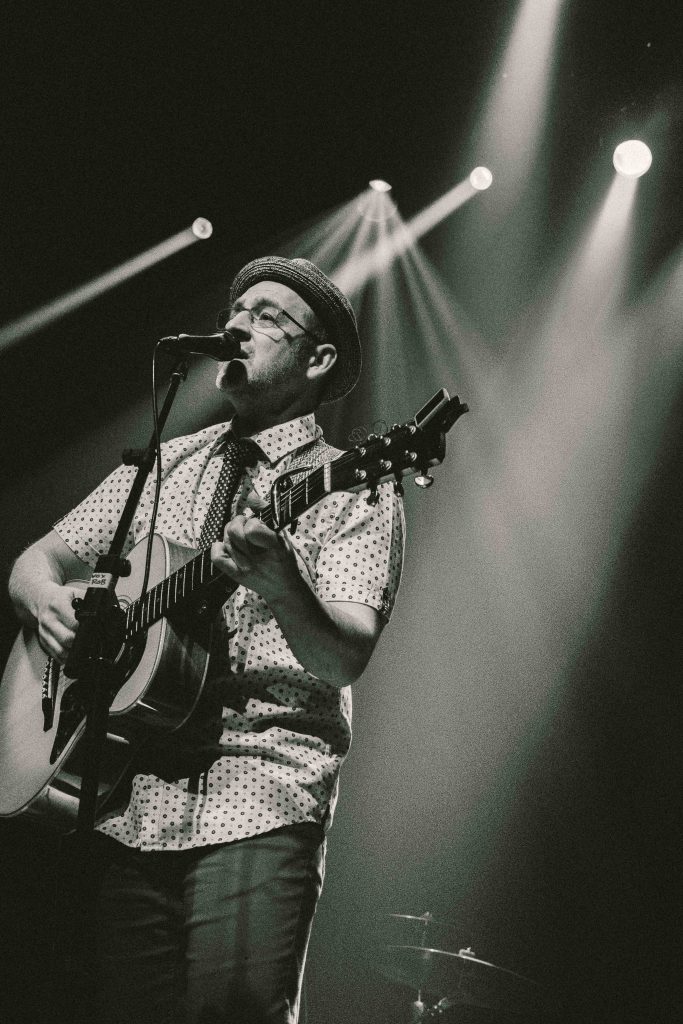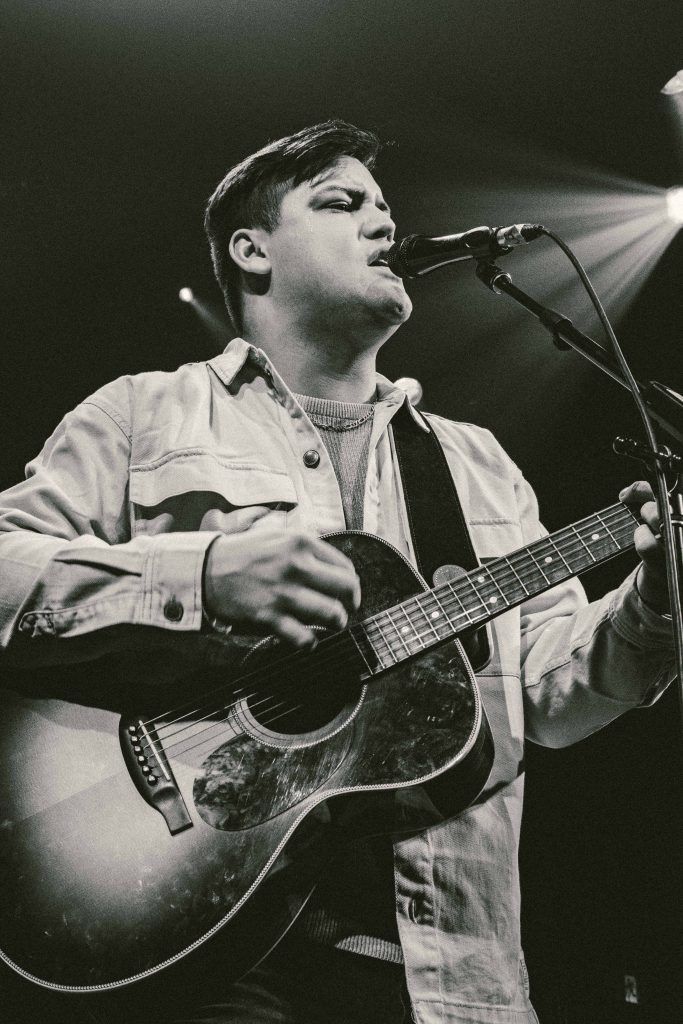The 36th edition of RIDEAU, the most important Francophone meeting of the performing arts in America, was held in Québec City from Feb. 12–16, 2023. SOCAN sponsored the stage at Théâtre du Petit-Champlain where three showcases were presented each night.
A total of 12 artists each mounted that stage to present a 20-minute performance. The SOCAN Stage welcomed Chloé Sainte-Marie, Scott-Pien Picard, Juste Robert, Alex Pic, Veranda, Marco Ema, Gentiane, OURS, Noé Lira, Shaina Hayes, Govrache, and Étienne Fletcher.
You can read our report on RIDEAU here.
- Chloé Sainte-Marie
- Etienne Fletcher
- Etienne Fletcher
- Govrache
- Shaina Hayes
- Noé Lira
- Noé Lira
- OURS
- Gentiane
- Gentiane
- Marco Ema
- Veranda
- Alex Pic
- Juste Robert
- Scott-Pien Picard
